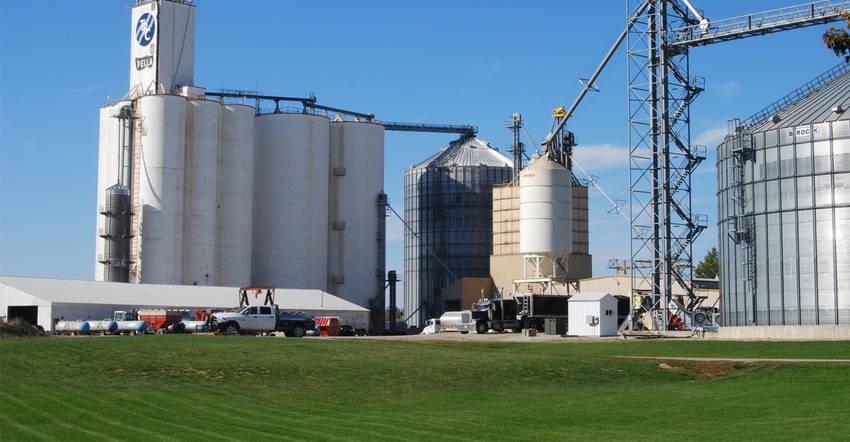March 30, 2018

President Donald Trump signed the Consolidated Appropriations Act of 2018, H.R. 1625, on March 23. At the end of the 2,232-page legislation, Congress included a section written to fix the “grain glitch.”
The glitch was the provision in the Tax Cuts and Jobs Act that provided significantly higher tax deductions (in most cases) to patrons who sold commodities to cooperatives rather than to non-cooperatives. You can read more detail about the original provision here.
The 17-page fix, in attempting to level the playing field, adds even more complexity to an already convoluted section of the new tax law, Section 199A. The fix retroactively takes effect, beginning Jan. 1, 2018. This wipes from existence the provision giving cooperative patrons a 20% deduction based upon gross sales.
Under the fix, the tax benefit to farmers who sell grain, for example, to a non-cooperative does not change. They are generally entitled to the new 20% 199A deduction, calculated based upon their net income from the sale.
Their overall 199A deduction is limited to 20% of taxable income (minus capital gains). It is also restricted by a wages per capital limitation if their income exceeds $157,500 for singles and $315,000 for those who are married filing jointly.
The fix completely changes, however, the tax benefit offered to patrons who sell grain, for example, to their cooperative. Instead of the 20% deduction calculated based upon their gross sales, the co-op patron is subject to a new bifurcated calculation and a hybrid 199A deduction.
Essentially, the fix gives the co-op patron a deduction that blends the new 199A deduction with the old 199 DPAD deduction (all within the new 199A). Depending on their individual situations, co-op patrons may be advantaged, disadvantaged, or essentially treated the same by selling to a cooperative rather than selling to a non-cooperative. While the significant advantage is gone, the complexity certainly is not.
First, patrons calculate the 20% 199A deduction that would apply if they sold the commodity to a non-cooperative. But they don’t stop there. The patron must then subtract from that initial 199A deduction amount whichever is smaller:
• 9% of net income attributable to cooperative sales
• 50% of W-2 wages they paid to earn that income from the cooperative
But we are still not done. Once that amount is backed out, patrons get to add an additional “DPAD-like” deduction (if any) passed through to them by the cooperative. The determination of the amount of this new DPAD-like deduction, which can range from 0% to 9% of the patron’s sales to the co-op, is at the discretion of the co-op, based upon a patron’s share of business. It is governed by language copied directly from the old DPAD provision.
In any event, the overall amount a co-op can choose to pass through to its members cannot exceed 50% of the value of the wages the co-op pays to its employees. The farmer’s deduction cannot exceed taxable income (subtracting the 20% Qualified Business Income deduction detailed above, but not subtracting capital gain).
Pretty straightforward, huh? We’ll keep you posted as we sort out the ways this impacts farmers. To keep up with ag law topics, visit calt.iastate.edu.
Tidgren is an attorney and director of the Center for Ag Law and Taxation at Iowa State University.
About the Author(s)
You May Also Like






